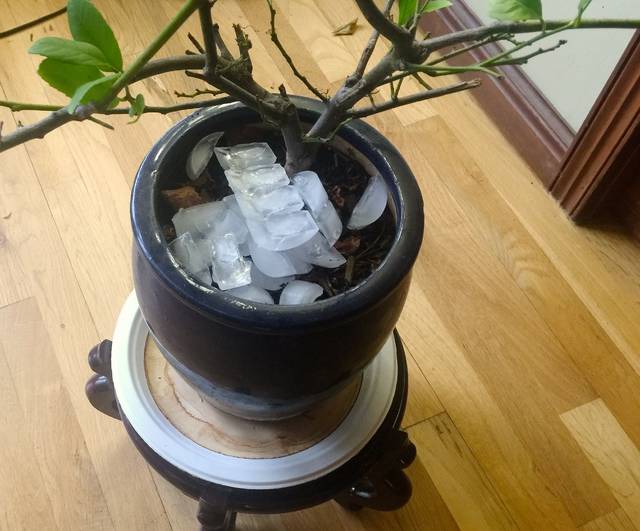https://triblive.com/lifestyles/more-lifestyles/houseplants-become-more-active-as-days-get-longer/
Houseplants become more active as days get longer

Houseplants are quick to tell you when they need help. They display discolored leaves, drooping stems and little or no growth. That usually gives you enough time to make things right.
“Plants send signals simply by the way they look,” said Dawn Pettinelli, an Extension educator at the University of Connecticut. “If they aren’t getting enough light, the leaves will yellow or turn brown and they’ll be slow to develop.”
Off-color leaves also can be the symptom of root problems, insect infestations, irregular soil moisture or unsuitable light conditions or temperatures.
African violets, one of America’s most popular houseplants, don’t like to be cold but also get stressed when it’s too warm. “They’ll start wilting if they’re chilled and they won’t bloom if they’re hot,” Pettinelli said. “Their buds will fall off.”
A good way to rejuvenate many kinds of tired houseplants is by pruning or giving them what some growers dub “horticultural haircuts.” Pruning serves a variety of functions, including shaping, removing dead matter and cutting back to reduce stem loads and keep the plants from sagging or drooping, said Diana Alfuth, a horticulturist with University of Wisconsin Extension.
A houseplant’s diet is important and so is the timing of fertilizer applications.
“Houseplants should not be fertilized during winter when days are short,” Alfuth said. “Fertilize in late winter as days get longer and plants wake up and will need fertilizer to put on growth during spring.”
“When plants start touching the floor, they start collecting dust,” Pettinelli said. “If covered with dust, photosynthesis is reduced and the plants start losing some of their chemical energy for growth.”
Check to see if your plants are root-bound and need re-potting. If so, then buy larger containers and fill them with loose potting soils mixed with perlite or peat moss. Be sure the pots have holes cut in the bottoms so any excess water can drain out.
Copyright ©2025— Trib Total Media, LLC (TribLIVE.com)
